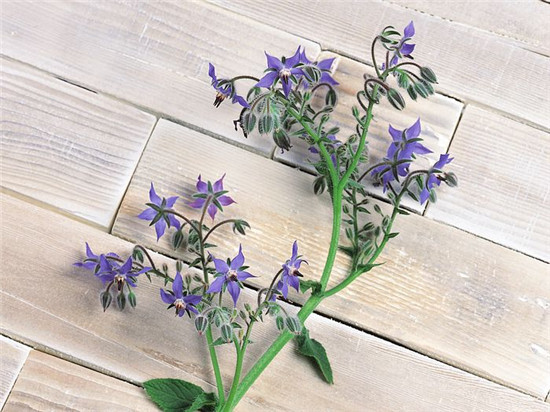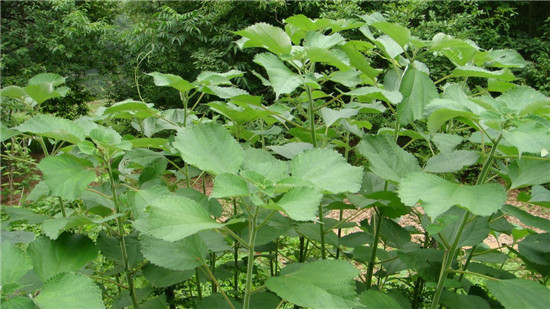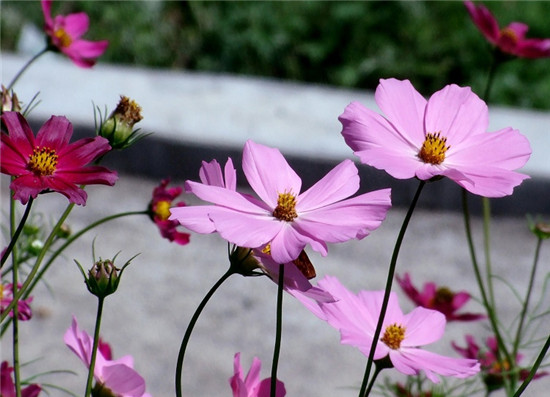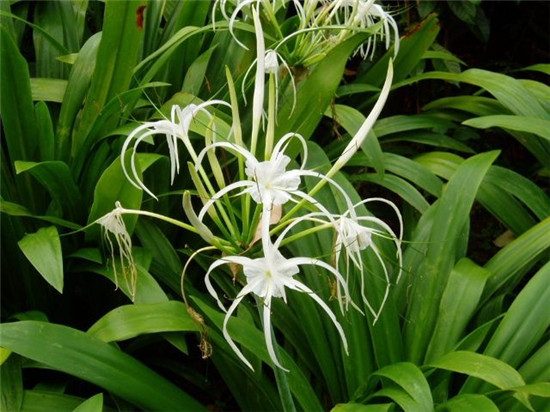What are herbs? what are the common herbs?
We often talk about herbs and woody plants, but in fact, many people are not very clear about what herbs are and what they are. Next, I would like to introduce two questions for you.

What is a herb?
Herb is the general name of a class of plants, but it is not a unit in plant scientific classification. The concept corresponding to herbaceous plants is woody plants. Herbaceous plants are usually called "grass" and woody plants are called "trees", but there are occasional exceptions, such as bamboo, which are herbaceous plants, but people often regard them as a kind of tree.
What are the herbaceous plants?
(1) Annual herbs: herbs that live only one year from seed germination, growth, flowering, fruiting to withering and death, that is, plants that blossom and die after fruiting in one growing season, such as morning glory, melon and leaf chrysanthemum, gourd, emerald chrysanthemum and so on.
(2) biennial herbs: only vegetative organs grow in the first growing season (autumn), and the plants that bloom and die after fruiting in the second growing season (spring), such as winter wheat, sugar beet, broad bean and so on.
(3) perennial herbs: herbs with a long life, usually more than two years old, such as chrysanthemum, orchid, lotus, water lily, gentleman orchid and so on. Perennial herbs generally have stout roots, and some have tubers, tubers, bulbs, bulbs and other organs.

What does woody plants include?
Woody plants have flowers, leaves, fruits and branches of various trees and shrubs; herbaceous plants have a large number of flowers and lawn ground cover plants. The ecological benefit of the plant community composed of trees, shrubs and lawns is extremely significant, so the reasonable collocation of trees, shrubs and grasses should be considered in urban garden plant landscaping. Because of the large amount of green trees, trees have the functions of sun and rain, noise reduction and dust absorption and landscape effect.
Because of the large amount of green trees, trees have the functions and landscape effects of shading from the sun and rain, reducing noise and vacuuming, so in urban greening, they are often used as street trees, solitary trees or planted in patches, and the ecological benefits of trees are the most obvious. it is an indispensable garden plant in urban greening. With the development of social economy and the continuous improvement of the level of urban construction, the planting of trees has developed from 2-3-year-old saplings to 4-5-year-old trees, DBH 8cm-10cm or ten-year-old trees with DBH of about 20cm. However, special attention should be paid to the selection of different transplanting methods according to different seedling characteristics to improve the survival rate of seedling planting.
What are the perennial herbs
Perennial herbs, which have a long life, are generally herbaceous plants of more than two years, such as chrysanthemum, orchid, lotus, water lily, gentleman orchid and so on. Perennial herbs generally have stout roots, and some have organs such as tubers, tubers, bulbs, and bulbs. In winter, parts of the ground still sleep quietly, and when the climate gets warmer the next year, they sprout and grow again. As it grows year after year, the underground roots or stems may gradually become hypertrophic or branched, and perennial herbs can live for more than two years.

Representative plants: dwarf cattle, Carnation, Beautiful Sakura, etc.
Sowing time: the temperature is right, and it can be sowed all the year round.
Growth characteristics: after sowing, it can blossom to a certain extent, grow fastest in spring or autumn, grow relatively slowly in summer and autumn, and have the habit of flowering all the year round, and the florescence can be controlled by pruning.
1. The underground part of the perennial herb is perennial, such as persistent root or rhizome, bulb, tuber and other organs, while the aboveground part dies every year, and new branches grow from the underground part in the next spring, blooming and fruiting, such as lotus root, onion, taro, sweet potato, dahlia and so on.
2. the aboveground and underground parts of perennial herbs are perennial. after flowering and fruiting, the aboveground parts still do not die and can bear fruit many times, such as evergreen, Ophiopogon japonicus, etc., all belong to perennial herbs.
Perennial herbs with perennial roots refer to evergreen herbs whose underground organs are not metamorphosed into globules or lumps and ornamental plants that wither after anthesis with buds or tillers above ground and blossom again in autumn after summer. Usually refers to the temperate zone of cold-resistant or semi-hardy, can be cultivated in the open field, overwintering with underground stems or roots, such as peony, iris, as well as tropical, subtropical, not hardy, mainly greenhouse perennial flowers, such as orchid, candle, gentleman orchid and so on.
Summary: underground organs are enlarged into lumps, roots and globules. All have underground storage organs that can survive for many years.

Species classification
Bulbs: daffodils, hyacinths, Lycoris, lilies and so on.
Bulbs: gladiolus, freesia and so on.
Tubers: cyclamen, big rock tree, ball root begonia and so on.
Rhizome: canna and so on.
Root type: Dahlia and so on.
The above is my summary for you what is herbaceous plants, common herbaceous plants have all the content, I hope this article can help you. Please continue to follow us.
Species classification
Bulbs: daffodils, hyacinths, Lycoris, lilies and so on.
Bulbs: gladiolus, freesia and so on.
Tubers: cyclamen, big rock tree, ball root begonia and so on.
Rhizome: canna and so on.
Root type: Dahlia and so on.
The above is my summary for you what is herbaceous plants, common herbaceous plants have all the content, I hope this article can help you. Please continue to follow us.
Related
- Wuhan Hospital Iron Tree Blooming Result Was Instantly Frightened by the Gardener Master
- Which variety of camellia is the most fragrant and best? Which one do you like best?
- What is the small blue coat, the breeding methods and matters needing attention of the succulent plant
- Dormancy time and maintenance management of succulent plants during dormancy
- Minas succulent how to raise, Minas succulent plant pictures
- What are the varieties of winter succulent plants
- How to raise succulent plants in twelve rolls? let's take a look at some experience of breeding twelve rolls.
- Attention should be paid to water control for succulent plants during dormant period (winter and summer)
- Watering experience of twelve rolls of succulent plants
- Techniques for fertilizing succulent plants. An article will let you know how to fertilize succulent plants.



